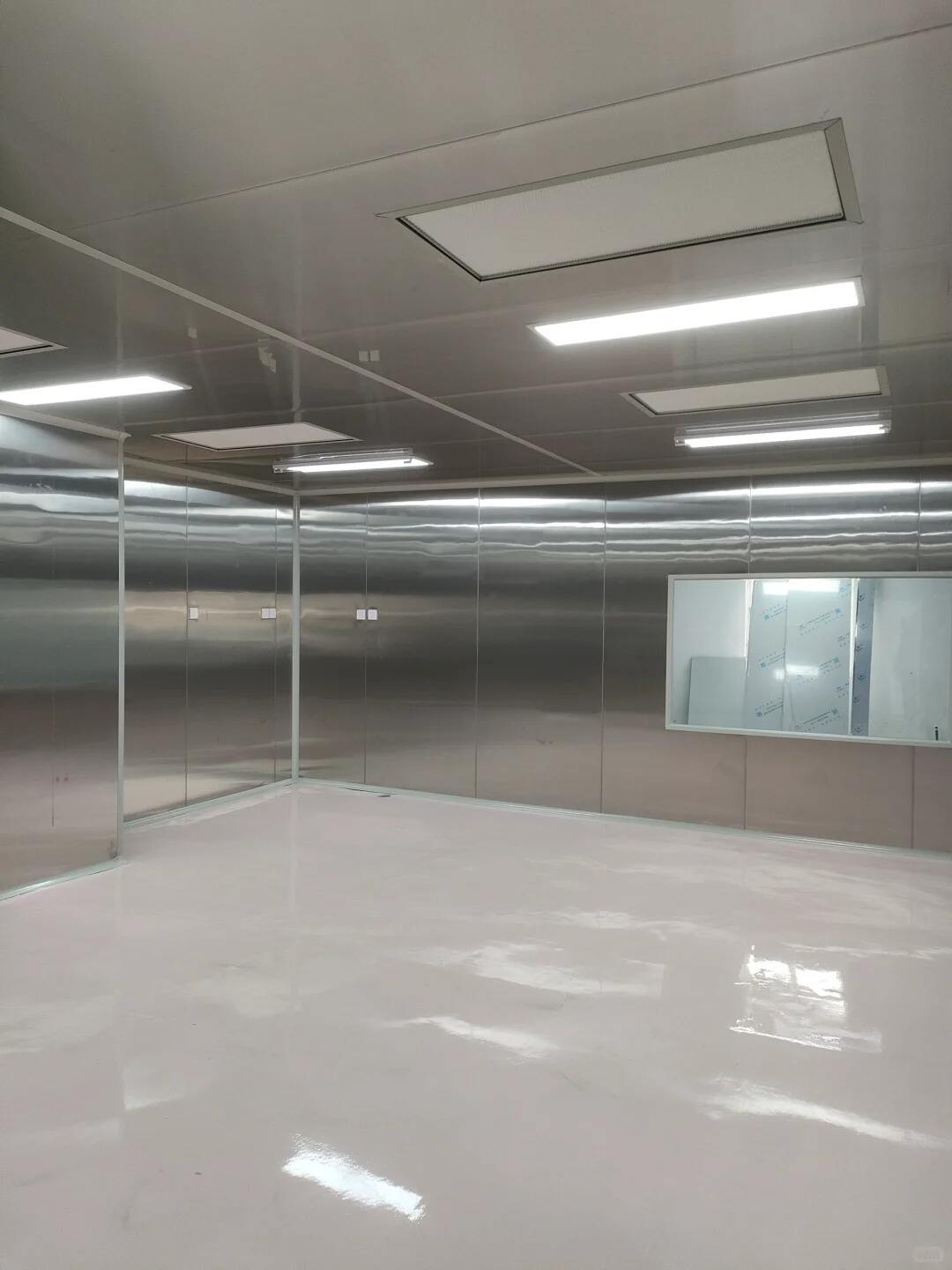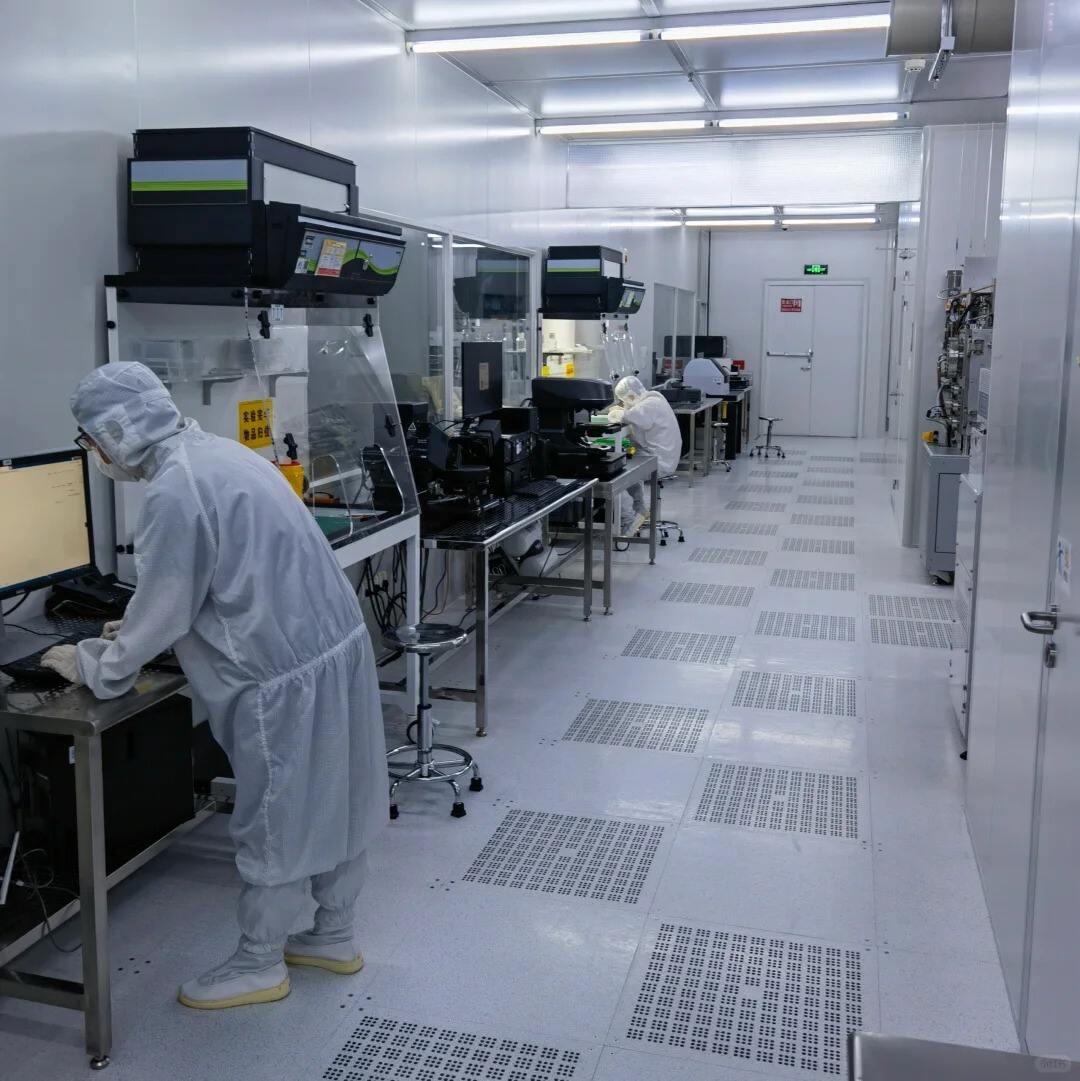Address
No. 8 Songmu East Road, Hongsha Industrial Park Community, Shishan,Nanhai,Foshan,Guangdong,China
Telephone:+86-18379778096
Time: 9.00am-4.00pm
No. 8 Songmu East Road, Hongsha Industrial Park Community, Shishan,Nanhai,Foshan,Guangdong,China +86-18379778096 [email protected]
Static electricity is the result of electron movement within or between materials (including polarization and conduction). When two different materials come into contact or are within a very short distance (e.g., 10–25 cm), electrons tunnel across the interface due to the quantum tunneling effect, leading to electron exchange. When equilibrium is reached, a potential difference forms between the materials, resulting in equal amounts of positive and negative charges on either side of the interface. If the materials are separated after contact, they will carry equal but opposite charges. This is the fundamental principle of static electricity generation.

Static electricity is primarily generated in three ways:
Triboelectric Charging: When two different materials contact or rub against each other, electrons transfer from the material with weaker electron binding ability to the one with stronger binding ability, causing one material to become positively charged and the other negatively charged.
Conductive Charging: For conductors, electrons move freely on the surface. When a conductor contacts a charged object, electrons transfer until charge equilibrium is achieved, resulting in static electricity.
Inductive Charging: When a conductor is placed in an external electrostatic field, electrons redistribute due to repulsion between like charges and attraction between opposite charges, causing charge imbalance and static electricity.
From the basic principles and methods of static electricity generation, it is evident that many stages in the production and manufacturing of general electronic products can generate static electricity. During electronic manufacturing, operators, workbenches, tools, components, and packaging can all become charged. Wherever static electricity exists, an ESD (Electro-Static Discharge) event will occur. The main hazards include instantaneous discharge current inducing noise in circuits and causing fluctuations in reference ground potentials (e.g., product ground, signal ground), thereby interfering with normal circuit operation.
Static electricity hazards have unique characteristics compared to lightning or electromagnetic interference:
Hidden Nature: ESD events are often imperceptible to humans, but components can be damaged unknowingly.
Latency and Cumulative Effect: Some components may experience degraded performance after ESD exposure without immediate failure, but they may fail later during use.
Randomness: ESD damage can occur at any stage—production, manufacturing, or maintenance—and during contact with any charged object, making it highly unpredictable.
Complexity: ESD damage is often mistaken for other types of failures, leading to incorrect diagnoses.
For electronic product assembly, static electricity severely impacts product quality, yield, and reliability. Systematic anti-static measures must be implemented in cleanrooms to minimize ESD risks during production.

Effective static electricity protection typically follows three basic principles:
Reduce or prevent the accumulation of electrostatic charges.
Establish safe electrostatic discharge paths.
Implement necessary and effective electrostatic monitoring systems.
A robust grounding system is essential for preventing charge accumulation and providing safe discharge paths. Electrostatic grounding involves connecting charged objects or objects likely to generate static electricity (non-insulators) to the earth via conductors, ensuring they remain at the same potential as the ground. This accelerates charge movement and leakage, effectively releasing static charges to prevent accumulation.
The generation and magnitude of static electricity are closely related to environmental humidity and air ion concentration. Electrostatic potential is inversely proportional to humidity. In ultra-clean environments like cleanrooms, low ion concentrations make static electricity更容易 generated.
The same action can generate electrostatic voltages differing by an order of magnitude under different humidity levels. However, excessively high humidity is not advisable, as it may cause condensation on equipment. Humidity should be maintained within a reasonable range, such as 30%–75%.

High humidity can reduce static electricity to levels imperceptible to humans, but it may still damage sensitive components. The correct approach is to recognize that high humidity suppresses static generation, while low humidity exacerbates it. For products requiring stringent static control, beyond traditional protective measures, monitoring and recording static electricity generation are necessary. Practical solutions include anti-static access control systems and real-time online electrostatic monitoring systems.
To control static electricity at its source, anti-static access control systems are implemented in critical areas. These systems verify whether personnel entering static-controlled zones have proper anti-static measures or equipment. Functional modules include:
Identity and permission verification
Testing of anti-static wrist straps and shoes
Level control panels
To enhance effectiveness, in environments requiring high cleanliness, the access control system can be integrated with air shower systems. By incorporating access signals into the air shower door control system, anti-static equipment validity is ensured from the moment personnel enter the work area.
In general electronics manufacturing, electrostatic testers are commonly used to check employees' anti-static wrist straps. To comply with ISO 9001, records are often manually marked on forms. However, if an anti-static wrist strap fails during operation, or if a part of the grounding system becomes disconnected, it is challenging to detect the failure immediately.
To address this, some electronics factories incorporate real-time online monitoring modules into their grounding systems. Leveraging the integrity of the grounding circuit, the system triggers a red light alert (and optionally an audible alarm) if any part of the circuit is open or has excessively high resistance (e.g., >10 Ω). This system enables real-time monitoring, eliminating the need for tedious and ceremonial paper records.
